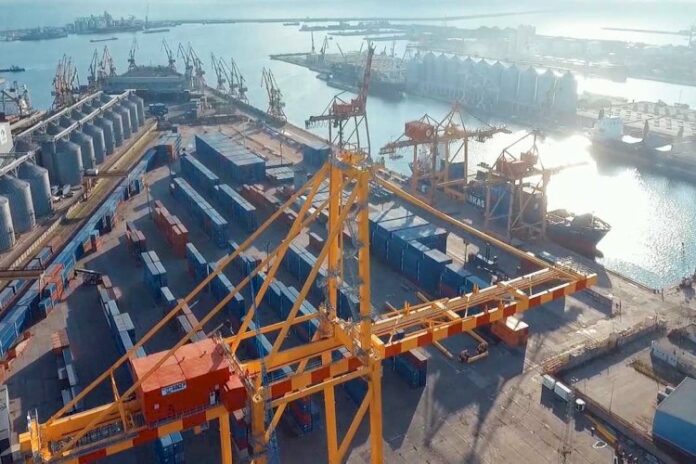The largest port in the Black Sea and also the deepest, providing depth alongside of up to 18.5 metres, the Port of Constanta’s hinterland includes Austria, Bulgaria, Hungary, Moldova, Serbia, Slovakia and Ukraine.
The Constanta Port Administration’s jurisdiction covers river port facilities, being connected to the Danube via the Danube-Black Sea Canal, and maritime port facilities on the Black Sea, and the port also has excellent road and rail links.
As a landlord port, Constanta provides facilities for about 40 different private operators and its new Port Community System is being designed to connect as many as possible of these.
Costel Stanca, General Manager of the Port of Constanta Administration, said:
“We took the decision to move ahead with a PCS two years ago and have completed our pre-feasibility study. In the context of the Covid-19 pandemic, it was decided that we would speed up the implementation of this project.
We are in discussions with ICT service suppliers to consider which modules should be developed first and which authorities should be connected. While we want to implement our PCS as soon as possible, we are also determined to do this in the best way and not to make mistakes. We plan to have the first modules in place this year.”
During the Covid-19 crisis, the priority has been keeping the port operational – in fact, agribulk volumes increased by 50% year-on-year in the first quarter, said Mr Stanca. The port administration expects the major international grain operators located at the port to be among those joining the PCS in the earliest stages.
He explained:
“The PCS will transform the port, making our operations and procedures more efficient and enabling us to provide information on the status and position of cargo. In addition, it will give the port administration a clearer picture on river, rail and maritime port transport flows, allowing us to analyse activity. In short, it is an important step towards implementation of European Union Directives relating to digital information flow, while allowing better planning and improved business dynamism, reliability and transparency.”
The new PCS will be directly connected to Romania’s national Maritime Single Window.
As a partner in the EU Interreg ‘DAPhNE’ project (Danube Ports Network), the Port of Constanta Administration has attended seminars and discussions focusing on Port Community Systems and the digitalisation of ports.
Mr Stanca said:
“As a member of IPCSA, we will be able to exchange opinions and knowledge with other PCS organisations and have access to regional and international players in this sector. One of the reasons for joining IPCSA is that we want to follow best practice, take the right steps and also participate as actively as possible. We are eager to get involved and look forward to learning from case studies, good practices and recommendations from our fellow members.”
Richard Morton, secretary general of IPCSA, said:
“IPCSA was one of the signatories of the recent ‘Call for Action’ communiqué entitled Accelerating Digitalisation of Maritime Trade and Logistics, which recognises the heightened urgency of this acceleration as we plan for our post Covid-19 future. The members of IPCSA provide the digital solutions which play a critical role in enabling the smooth, swift flow of cargo and associated information, helping to remove bottlenecks, delays and cost from supply chains.”



